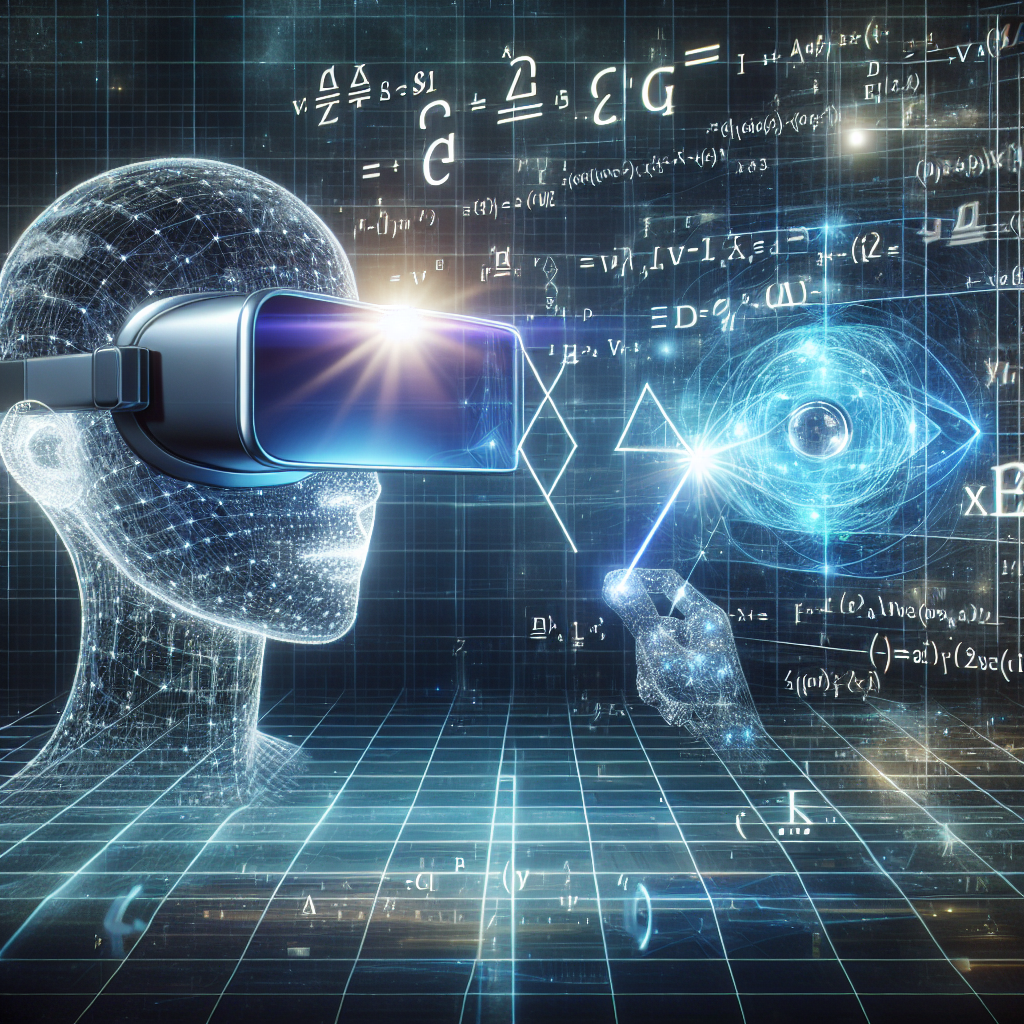Artificial intelligence (AI) and virtual reality (VR) are two rapidly advancing technologies that have the potential to revolutionize how we interact with the digital world. While these technologies have been developing independently for years, recent advancements have made it clear that the future of AI software in virtual reality is bright.
AI software in virtual reality has the potential to enhance the immersive experience of VR by creating more realistic and intelligent virtual environments. From virtual assistants to AI-powered avatars, the possibilities are endless. In this article, we will explore the exciting future of AI software in virtual reality and discuss how it is shaping the way we interact with digital worlds.
Enhanced Immersion
One of the key benefits of incorporating AI software into virtual reality is the enhanced immersion it provides. AI can be used to create more realistic and intelligent virtual environments that respond to user input in real-time. This can include AI-powered NPCs (non-player characters) that behave and react to the player’s actions in a more lifelike manner.
For example, AI software can be used to create virtual assistants that guide users through virtual environments, providing helpful tips and suggestions along the way. These virtual assistants can adapt to the user’s preferences and behaviors, creating a more personalized and engaging experience.
Additionally, AI can be used to create dynamic and responsive environments that change based on user input. For example, AI software can be used to generate realistic weather patterns, simulate day-night cycles, and create lifelike physics simulations. This level of realism can greatly enhance the sense of presence and immersion in virtual reality experiences.
AI-Powered Avatars
Another exciting application of AI software in virtual reality is the creation of AI-powered avatars. These avatars can be used to interact with users in virtual environments, providing a more personalized and engaging experience. AI-powered avatars can be programmed to respond to user input in a natural and intelligent manner, creating a more lifelike interaction.
For example, AI-powered avatars can be used in virtual meetings and conferences to facilitate communication and collaboration between users. These avatars can mimic human behaviors such as facial expressions, gestures, and speech patterns, creating a more natural and engaging interaction.
AI-powered avatars can also be used in virtual training simulations to provide personalized feedback and guidance to users. For example, in a virtual driving simulator, an AI-powered avatar can provide real-time feedback on the user’s driving performance, helping them improve their skills in a safe and controlled environment.
AI-powered avatars have the potential to revolutionize how we interact with virtual environments, creating more engaging and immersive experiences that feel more lifelike and realistic.
Challenges and Considerations
While the future of AI software in virtual reality is promising, there are also several challenges and considerations that need to be addressed. One of the key challenges is the integration of AI software with existing virtual reality platforms and hardware. AI software can be computationally intensive, requiring powerful hardware to run efficiently. This can be a barrier for some users who may not have access to high-end VR hardware.
Another challenge is the ethical considerations surrounding the use of AI in virtual reality. As AI becomes more advanced and intelligent, there is a growing concern about the potential misuse of AI-powered avatars and NPCs. For example, there are concerns about the potential for AI-powered avatars to be used for malicious purposes, such as spreading misinformation or engaging in harmful behaviors.
Additionally, there are concerns about the privacy and security implications of using AI software in virtual reality. As AI-powered avatars become more personalized and intelligent, there is a risk that user data could be compromised or misused. It will be important for developers to prioritize user privacy and security when designing AI-powered virtual reality experiences.
FAQs
Q: How will AI software in virtual reality impact the gaming industry?
A: AI software in virtual reality has the potential to revolutionize the gaming industry by creating more immersive and engaging experiences for players. AI-powered NPCs and avatars can provide more lifelike interactions, creating a more dynamic and realistic gaming experience.
Q: What are some potential applications of AI software in virtual reality?
A: Some potential applications of AI software in virtual reality include virtual assistants, AI-powered avatars, dynamic and responsive environments, and personalized training simulations. These applications have the potential to enhance the immersion and realism of virtual reality experiences.
Q: What are some of the ethical considerations surrounding the use of AI software in virtual reality?
A: Some of the ethical considerations surrounding the use of AI software in virtual reality include concerns about privacy, security, and potential misuse of AI-powered avatars and NPCs. It will be important for developers to prioritize user privacy and security when designing AI-powered virtual reality experiences.
In conclusion, the future of AI software in virtual reality is bright, with the potential to revolutionize how we interact with digital worlds. From enhanced immersion to AI-powered avatars, the possibilities are endless. While there are challenges and considerations that need to be addressed, the potential benefits of AI software in virtual reality are vast. As these technologies continue to advance, we can expect to see more innovative and engaging virtual reality experiences that push the boundaries of what is possible.

